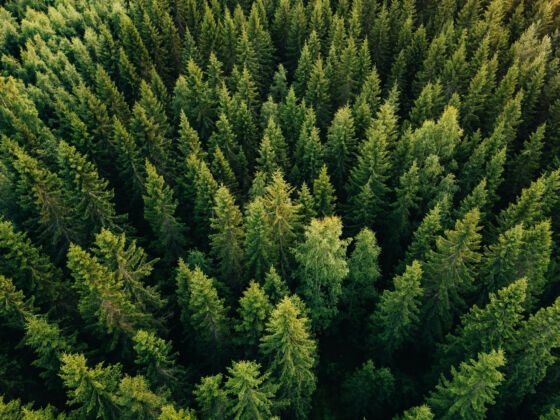The Conservation Alliance, which describes itself as an “outdoor business giving back to the outdoors,” is a cool group for several reasons. First, it grants money to outdoor enthusiasts who protect natural resources, such as the anglers and hunters of Elk River, Oregon, who helped protect 13,000 acres of old-growth forest from development. Second, eco-giant Patagonia was one of their founding members. Third, their work is timely considering the passage of the Wilderness Act last year, as well as the President’s recent Great Outdoors initiative, whose commenting period just ended.

Matador Sports’ Benita Hussain picked Executive Director John Sterling’s brain recently about the current status of the wilderness and what outdoor sports lovers can do to give back to the environment.
BH: What is your interpretation of the Conservation Alliance’s mission?
JS: The Conservation Alliance’s mission is ‘To engage businesses to fund and partner with organizations to protect threatened wild places for their habitat and recreation values.” [It means] that our members understand that protected wild places are important to the outdoor industry and outdoor product users. They know that it is important for businesses to do something collectively to ensure that wild lands and rivers are protected for habitat, recreation, and future generations.
How did you come to be involved with the Alliance, and why?
I first became involved with The Conservation Alliance when I went to work for Patagonia, a founding member of the Alliance. I represented Patagonia on the [Alliance’s] Board for seven years. After leaving the company, I continued to work with the Alliance Board to build a formal infrastructure for the organization.
[Since 2005,] our membership has tripled and our grant budget – the money we give to conservation groups – has gone from $360,000 to $900,000 annually. For the past 15 years, The Conservation Alliance has been a motivating force for me because I see the strength of businesses–competitors–getting together to accomplish things they cannot do alone. It’s very powerful.
How do you view the relationship between outdoor recreation enthusiasts and the environment?
Like any activity, outdoor recreation has an impact on the land, and that needs to be managed appropriately. I am so glad that recreation has become a stronger economic driver for rural, land-based communities once dependent on logging, mining, oil and gas development, and ranching. I would rather deal with the impacts of people loving the land than industry extracting its resources.
What do you view as the most important issue facing the wilderness?
On the macro level, the biggest issue facing our wildlands is climate change. We’ve spent the last 100 years protecting various places for their habitat, scenic, and other values. [Now,] the habitats are changing as well, and we need to figure out how to adapt so that species can remain viable.
On the local level, the biggest issue facing our public wildlands is the fact that so many people and interests want primary access to those lands. Human-powered recreationists want more wilderness for quiet recreation while motorized enthusiasts want more access for ATVs and snowmobiles. Industry wants access for oil and gas development, logging, and mining. How do we balance all these competing–and incompatible–uses?
What type of work do your grantees do?
Each of our grantees works to secure some sort of permanent protection for a specific wild place. Many of our grantees work on public lands issues: Wilderness, Wild and Scenic River designations; mineral and oil development prohibitions, et cetera.
We do support work on private lands, usually helping groups purchase compelling properties with strong recreation amenities. We have a strong history of helping groups purchase climbing areas. We regularly fund dam removal campaigns, where it benefits recreation and habitat, e.g. the Rogue River in Oregon. The Rogue was already an iconic paddling and fishing river, but now those attributes are secure for the long term.
Are there particular types of outdoor recreation that you feel are more harmful to the environment than others? How can outdoor enthusiasts minimize their footprints when it comes to preserving the sports that they most love?
All forms of recreation have impacts. Climbers leave bolts and chalk on walls. Bikes and equestrians hammer trails. Some backpackers still leave fire rings. If you you include motorized recreation in the outdoor category, then there is a slew of impacts there.
[Enthusiasts] have to start with an awareness of their impacts on the land. Follow Leave No Trace principles. I’m amazed every time I see a pile of toilet paper in the backcountry. Outdoor folks need to understand that the experiences we cherish in the wilderness can be undermined by our own carelessness.
What other websites or resources would be useful for green-minded outdoor enthusiasts?
Leave No Trace for backcountry use principles, Winter Wildlands Alliance for quiet winter recreation, American Whitewater for paddlers, and Access Fund for climbers.
Do you have any other general thoughts about outdoor enthusiasts as stewards?
Get politically active. If you love a place, you can’t wait for someone else to protect it. Our decision makers and elected officials listen to voters. Speak up!
Community Connection
Hone your interviewing skills over at BNT.
Feature image by rkramer62.